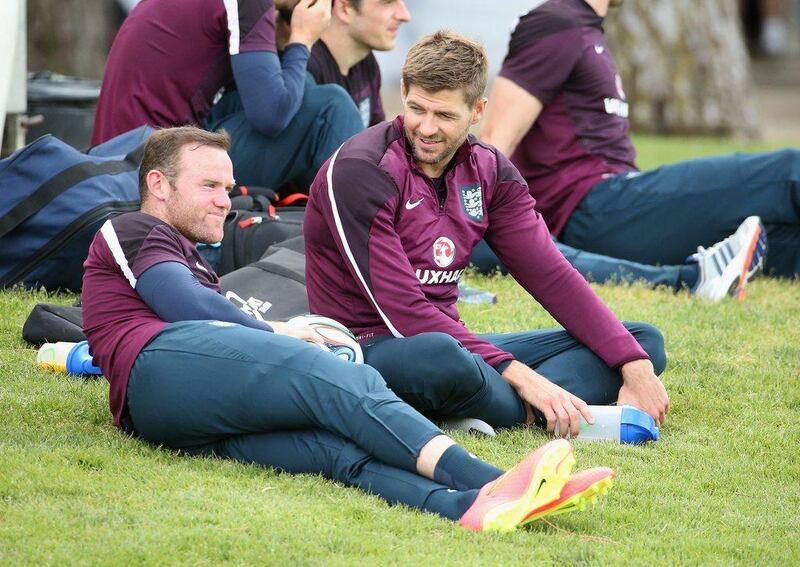After chastening experiences at the last two World Cups, England go to the finals in Brazil with a new wave of youth supporting Wayne Rooney.
But there is much more caution around this squad than for the ‘Golden Generation’ that went to the 2006 World Cup in Germany and lost on penalties to Portugal in the last eight.
Four years later, things had regressed further as a side coached by Fabio Capello struggled through a straightforward group before crashing 4–1 to Germany in the last 16.
England’s 1966 World Cup success frames the country’s perception of its place in the global pecking order, and Football Association chairman Greg Dyke had to backtrack after suggesting last September that the team stood no chance of winning in Brazil.
Manager Roy Hodgson, who succeeded Capello shortly before Euro 2012 – where England reached the quarter–finals – has been obliged to toe a line between pragmatism and cheery optimism.
“We won’t fear anybody and in the same way we will respect everybody. The players will be desperate to do well,” he said.
“We all know the result everybody wants and that’s to repeat 1966. We all know that’s not going to be easy, but it’s great to be there trying to do it.”
Hodgson has named a 23 man squad, with seven players on standby if any of those named are injured prior to the June 2 deadline, with veterans Rooney, Steven Gerrard and Frank Lampard included.
But it is also marked by the arrival of teenagers Luke Shaw and Raheem Sterling and 20–year–old Ross Barkley.
Only six players have previous World Cup experience. Out have gone the likes of Ashley Cole and Rio Ferdinand, rocks of the defence over the past decade.
England qualified as the unbeaten winners of Uefa qualifying Group H, but they were given a reality check in November when losses to Chile and Germany at Wembley saw them register back–to–back home defeats for the first time in 36 years.
December’s World Cup draw only served to further dampen expectations. England were paired with Italy and Uruguay, both of whom are currently above them in the Fifa rankings, and Costa Rica, prompting ‘Group of Death’ headlines in British tabloids.
Hodgson has been eager to improve England’s control of possession – a historic weakness – but pace in forward areas remains their key asset.
They were dominated in possession terms by both Chile and Germany, while Hodgson suggested after a 0–0 draw in Ukraine last September that England would abandon attempts to play out from the back against teams who press high up the pitch.
England’s most recent friendly, a 1–0 win over Denmark in March, saw Hodgson attempt to harness the momentum generated by Liverpool’s impressive domestic form.
His starting XI contained no fewer than five Liverpool players, although the positional fluidity characteristic of Brendan Rodgers’s side was not apparent.
Hodgson can nonetheless draw solace from the fact that his two key players, Gerrard and Rooney, are in top form.
A prolific campaign with Liverpool has seen Daniel Sturridge emerge as the clear choice to partner Rooney, while goalkeeper Joe Hart has overcome a mid–season wobble that momentarily cost him his place in the Manchester City team.
In defence, Phil Jagielka and Gary Cahill have established themselves as Hodgson’s first–choice centre–back pairing.
In midfield Arsenal’s Jack Wilshere has recovered from the hairline foot fracture he suffered against Denmark, while the emergence of young midfielders such as Adam Lallana, Barkley and Sterling has softened the absence through injury of Theo Walcott.
Follow us on Twitter @SprtNationalUAE





